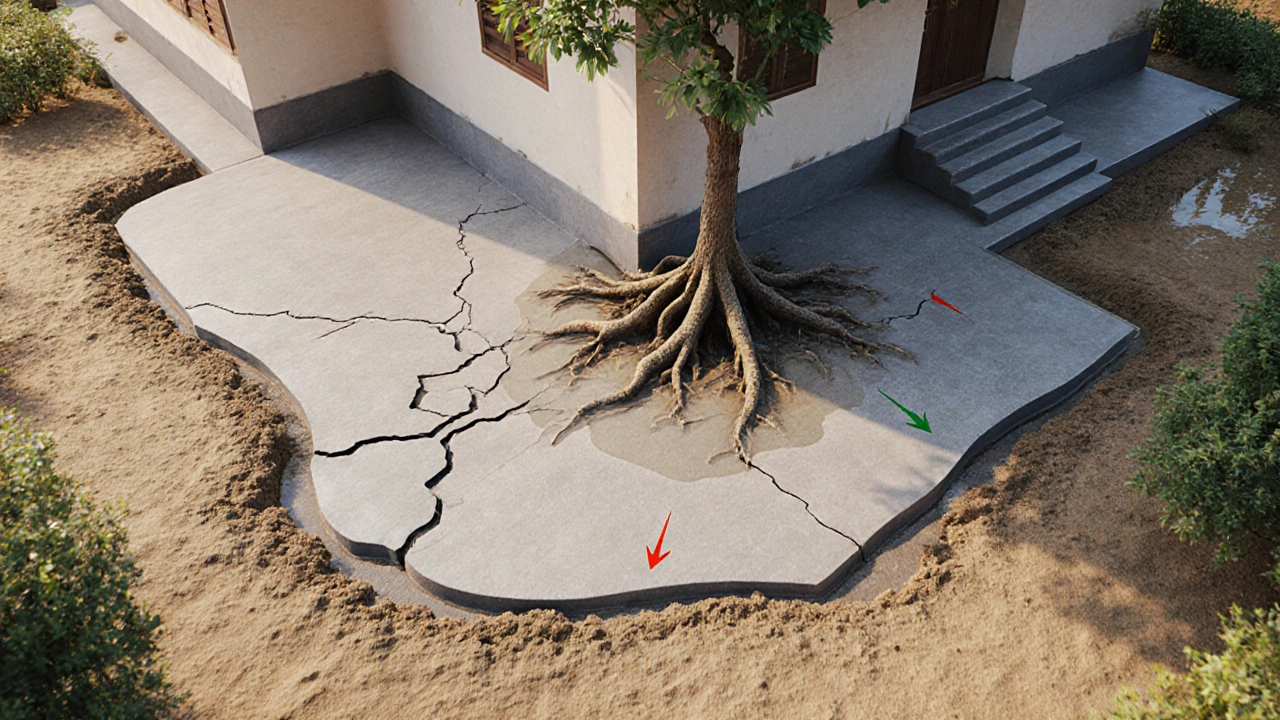DIY Foundation: Fix Cracks, Settlement, and Structural Issues Yourself
When your floor slopes, doors stick, or cracks appear in your basement wall, it’s not just an eyesore—it’s a sign your DIY foundation, a homeowner-led approach to repairing or stabilizing a home’s base structure without professional contractors. Also known as homeowner foundation repair, it’s a practical way to stop small problems from turning into costly disasters. Most people assume foundation work needs engineers and heavy machinery, but a surprising number of issues can be fixed with basic tools, some elbow grease, and the right know-how.
The real key to success isn’t strength—it’s timing and understanding what you’re dealing with. A hairline crack? That’s often just concrete settling and can be sealed with epoxy. A 1/4-inch gap that’s getting wider? That’s structural settlement, and it needs more attention. You don’t need a degree in civil engineering to spot the difference. Look for patterns: vertical cracks near corners are usually harmless. Horizontal cracks, stair-step cracks in brick, or cracks wider than a credit card? Those are red flags. Concrete foundation, the most common type of home base in North America and the UK, made from poured or block concrete is tough, but it’s not invincible. Moisture, poor drainage, and shifting soil are the usual suspects. Fix the water problem first—no sealant works if water keeps pushing against the wall.
Tools you’ll need? A wire brush, hydraulic cement, epoxy injection kit, level, and maybe a jack and beam if you’re lifting a sagging section. Many homeowners save thousands by doing the grunt work themselves—digging drainage trenches, cleaning out debris, applying sealants. You’re not rebuilding the whole foundation. You’re stopping the damage in its tracks. And if you’re unsure? That’s where the real value of this collection comes in. We’ve pulled together guides that walk you through diagnosing cracks, choosing the right repair method, estimating costs, and knowing exactly when to call in a pro. You’ll find step-by-step breakdowns for fixing common issues like uneven floors, bowing walls, and water seepage—all things you can tackle with confidence if you know what to look for.
Whether you’re in a 1950s bungalow in Massachusetts or a modern build in the UK, foundation problems follow the same rules. Moisture wins if you ignore it. Settlement doesn’t care how new your house is. And waiting too long turns a $300 fix into a $15,000 rebuild. The posts below give you the exact methods, tools, and red flags to watch for—no fluff, no jargon, just what works. You’ve got the house. Now learn how to protect it.
Can Foundation Repair Cause More Damage? Risks & Prevention Guide
Discover how foundation repair can unintentionally cause more damage and learn proven steps to prevent it. This guide covers risks, repair methods, DIY limits, and a handy checklist.
Learn more...